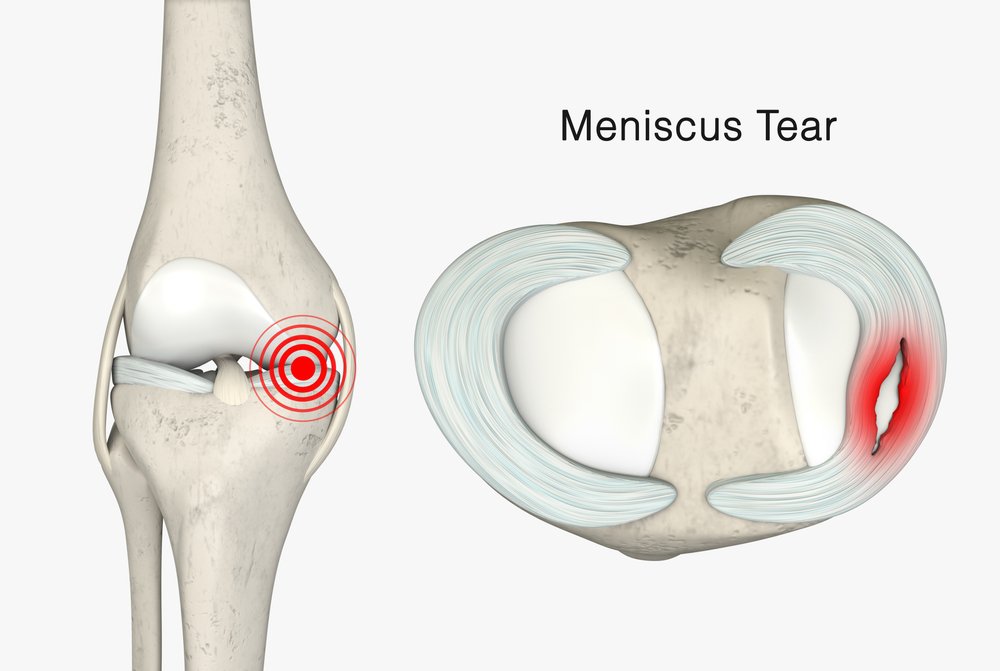PRP for Meniscus Tears: A Non-Surgical Option That Works

A torn meniscus is one of the most common knee injuries, especially among athletes and active adults. Traditionally, meniscus tears have often meant weeks of rest, physical therapy, or even surgery. But an increasing number of patients are now exploring regenerative options like platelet-rich plasma (PRP) therapy to support healing and avoid invasive procedures.
If you're dealing with a meniscus injury and looking for alternatives to surgery, PRP may offer a promising path to recovery—naturally and non-surgically.
Understanding Meniscus Tears
The meniscus is a piece of cartilage that cushions and stabilizes the knee joint. Each knee has two menisci—medial and lateral—and these structures help absorb shock between the thighbone and shinbone.
Tears can occur due to trauma (such as sports injuries) or age-related degeneration. Common symptoms include:
- Pain along the knee joint
- Swelling or stiffness
- A popping sensation at the time of injury
- Limited range of motion
- Locking or catching of the knee
In many cases, conservative treatments like rest and physical therapy can relieve symptoms, but healing is often slow due to limited blood supply in the inner portion of the meniscus. This is where PRP therapy may provide a biological boost.
How PRP Therapy Works for Meniscus Injuries
Platelet-rich plasma (PRP) is derived from your own blood. After a simple blood draw, your sample is spun in a centrifuge to concentrate the platelets—tiny blood components that release growth factors responsible for helping to aid in the natural healing process.
When injected into the injured area of the knee, PRP may:
- Support cell repair
- Reduce inflammation
- Help improve circulation in poorly vascularized tissue
- Shorten recovery times
- Alleviate pain and stiffness
The procedure is minimally invasive, typically done in-office, and takes less than an hour. Most patients return to their normal activity within a few days, with results gradually improving over the following weeks.
What the Research Says
Recent studies suggest PRP may be especially helpful for partial meniscus tears and degenerative meniscus injuries, where surgical intervention isn’t always ideal. Some key findings:
- A 2020 study published in The American Journal of Sports Medicine found that PRP injections improved pain and function in patients with meniscal injuries better than physical therapy alone.
- Another clinical trial showed that patients receiving PRP for degenerative meniscus tears reported better knee function at six months compared to placebo injections.
- PRP has also been used successfully in conjunction with surgery to promote healing and reduce recovery time post-operatively, but many patients seek it as a stand-alone, non-surgical option.
While results can vary, especially based on the severity and location of the tear, PRP is considered a safe and increasingly evidence-supported therapy for many types of meniscus injuries.
A Regenerative Approach Worth Considering
Surgery may not be your only option for a meniscus tear. PRP therapy offers a non-surgical, low-risk alternative that taps into your body’s own healing potential.
If you’ve been told to "wait and see," or you’re hoping to avoid the long downtime associated with knee surgery, PRP for meniscus tears may be worth exploring.
Contact LifeStem today to schedule a consultation and learn more about regenerative treatment options for knee injuries.
